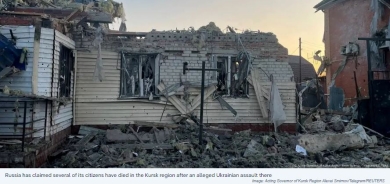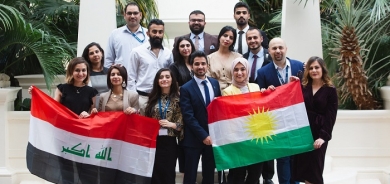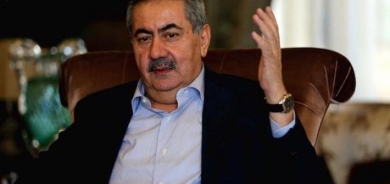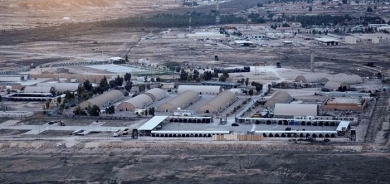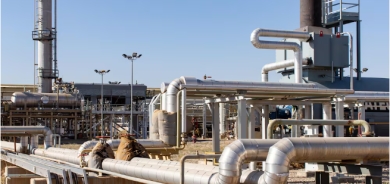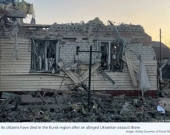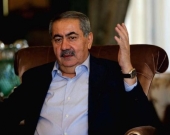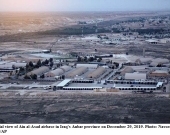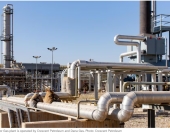Samples 'confirm' IS group used mustard gas in Iraq
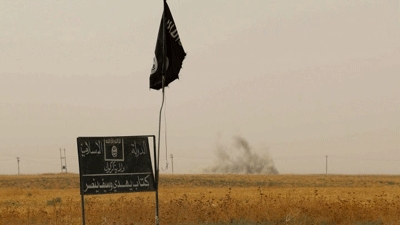
A source at the Organisation for the Prohibition of Chemical Weapons (OPCW) told REUTERS news agency that laboratory tests had come back positive for the sulphur mustard, after around 35 Kurdish troops were sickened on the battlefield last August.
The OPCW will not identify who used the chemical agent. But the diplomat, speaking on condition of anonymity because the findings have not yet been released, said the result confirmed that chemical weapons had been used by IS fighters.
The samples were taken after the soldiers became ill during fighting against IS militants southwest of Erbil, capital of Iraq's autonomous Kurdish region.
Experts believe that the sulphur mustard either originated from an undeclared Syrian chemical stockpile, or that militants have gained the basic know-how to develop and conduct a crude chemical attack with rockets or mortars.
Iraq's chemical arsenal was mainly destroyed in the Saddam era, although US troops encountered some old Saddam-era chemical munitions during the 2003-2011 US occupation.
Syria gave up its own chemical weapons, including stockpiles of sulphur mustard, under international supervision after hundreds of civilians were killed with sarin nerve gas in a Damascus suburb in 2013, an attack Western countries blame on President Bashar al-Assad's government, which denies it.
Sulphur mustard is a Class 1 chemical agent, which means it has very few uses outside chemical warfare. Used with lethal effectiveness in World War One, it causes severe delayed burns to the eyes, skin and respiratory tract.
UN-backed body to probe Syria attacks
The report of mustard gas use by the IS group comes days after CIA director John Brennan spoke of "a number of instances" in which the jihadist outfit had used chemical munitions on the battlefield.
It also follows news that the UN-backed investigative body charged with apportioning blame for chemical attacks in Syria had identified at least five potential cases for investigation.
The Joint Investigative Mechanism, or JIM, established by the UN and the OPCW, said in its first report circulated Friday and obtained by The Associated Press that it plans to start the next phase in March including in-depth analysis of the cases, field visits, witness interviews and obtaining relevant information from UN member states and others.
Until the UN Security Council established the JIM last August, the UN and the OPCW were only able to investigate attacks without laying blame on the government or rebels.
Syria's government denies using chemical weapons, but the United States and other Western nations contend it is to blame, especially for dropping barrel bombs containing chlorine and other toxic agents by helicopter. The opposition doesn't have aircraft.
Of the five cases identified by JIM experts, four involve the alleged use of chlorine gas dropped from barrel bombs – in Kafr Zita in Hama governorate on April 11 and April 18, 2014, and in three villages in Idlib governorate, Talmenes on April 21, 2014, and Qmenas and Sarmin, both on March 16, 2015.
The JIM said the fifth case was on Aug. 21, 2015 in the strategic town of Marea near the Turkish border, a time when the IS group was attacking rebels. The OPCW said its inspectors found evidence that mustard gas was used on that day.
The JIM's leaders said they strongly believe "that all individuals, groups, entities or governments that have any role in enabling the use of chemicals as weapons, for whatever reason and under any circumstances, must understand that they will be identified and made accountable for these abhorrent acts".
(FRANCE 24 with REUTERS, AP)

